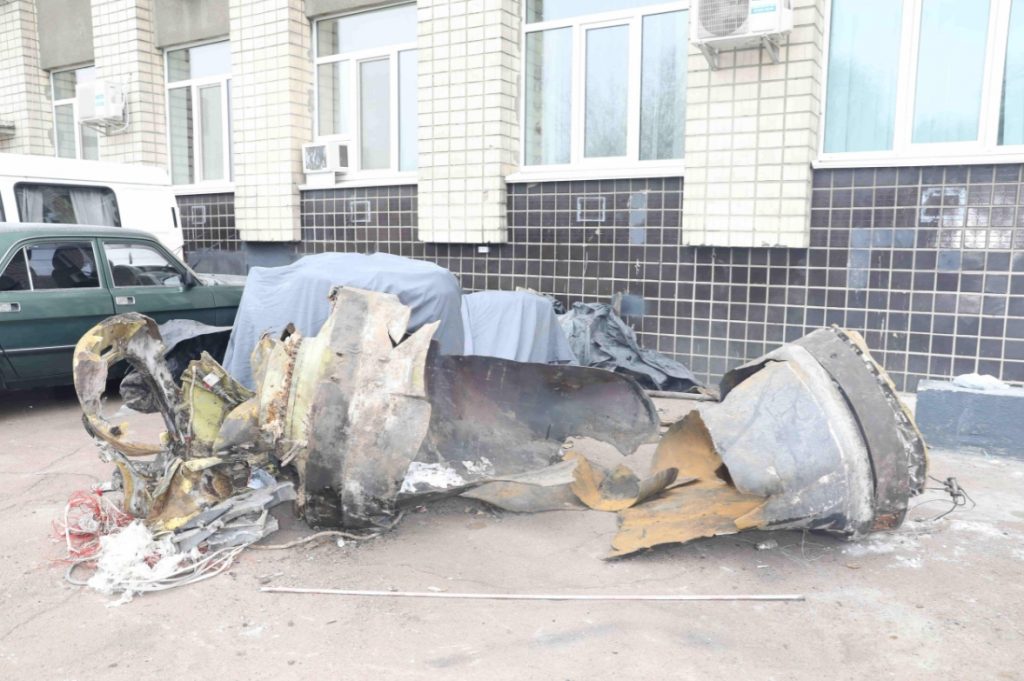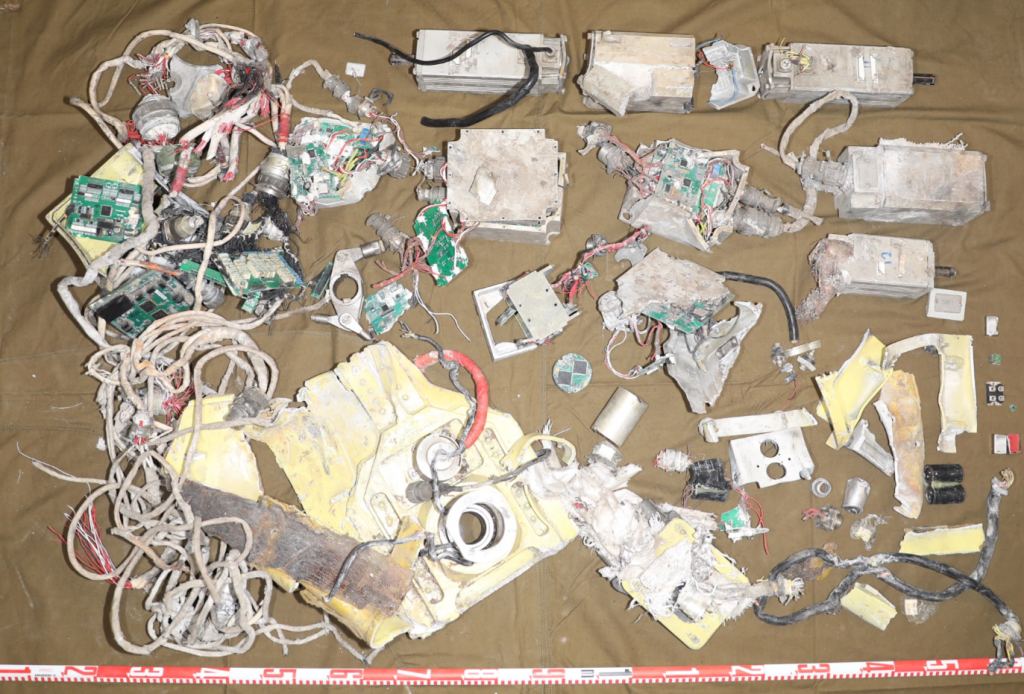The British investigative group Conflict Armament Research has analyzed remnants of a North Korean ballistic missile found in Kharkiv.
The news was published on the organization's official website.
Analysts from Conflict Armament Research (CAR) have determined that the ballistic missile, manufactured by North Korea and launched by Russian military forces into Kharkiv in January 2024, contains over 290 electronic components of foreign origin.
CAR investigators, examining the missile remnants, found not only that many of these components were manufactured by companies primarily based in the United States but also that a large number of them were produced within the last three years.
Analysis of debris
On January 27 and February 1, 2024, the field investigation team from CAR physically documented remnants of a North Korean ballistic missile seized in Kharkiv on January 2, 2024.

CAR had previously documented other remnants from a missile, likely KN-23 or KN-24, first reporting the use of North Korean missiles in the conflict in January 2024.
Analysts documented electronic components among the missile remnants, primarily among the navigation system parts.
According to CAR documents, the North Korean missile contains many recently manufactured components, most of which were produced by companies based in the United States.
CAR documented over 290 components, including 50 unique models. From the markings on these components, CAR identified 26 companies headquartered in eight jurisdictions (China, Germany, Japan, the Netherlands, Singapore, Switzerland, Taiwan, and the United States) associated with the production of these components.
75% of the documented components are associated with companies registered in the United States, another 16% are linked to companies registered in Europe, and the remaining 9% are associated with companies registered in Asia.
Half of the documented components had manufacturing date markings, with over 75% indicating production between 2021 and 2023. Based on these production dates, CAR concludes that the missile seized in Kharkiv could not have been assembled before March 2023.
This illustrates the recent production of the missile and the short period of its transfer to the Russian Federation before being used in the attack on Kharkiv in January 2024.




















